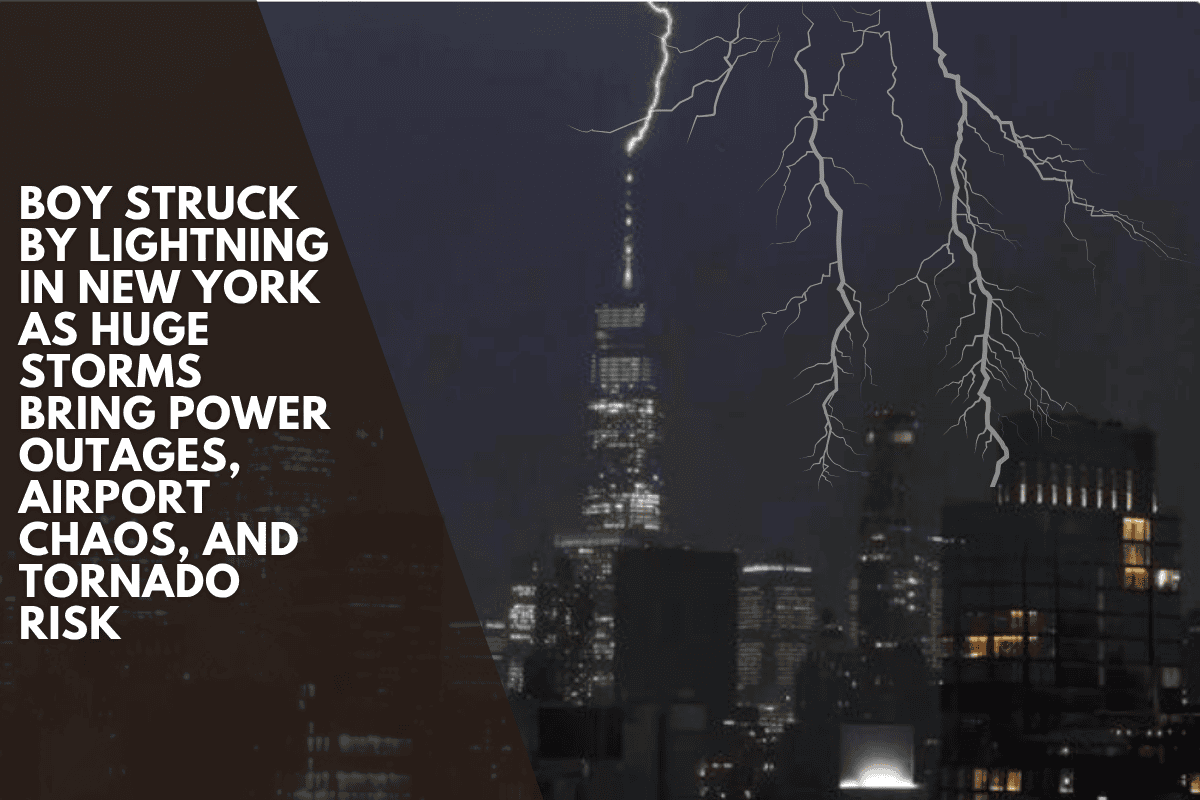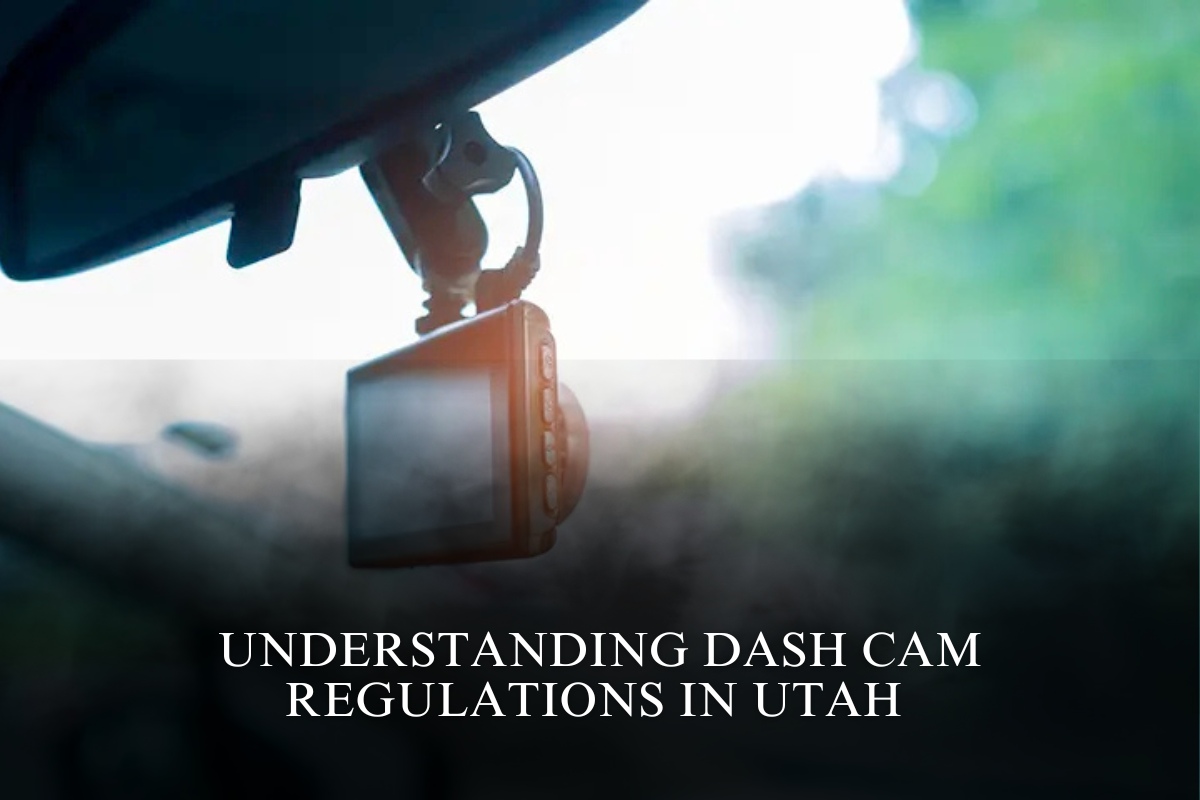A 15-year-old boy was struck by lightning in New York City on Thursday afternoon as severe thunderstorms swept across the region, bringing with them widespread power outages, flight cancellations, and the potential for tornadoes. The storms, which have already caused significant damage in parts of the Midwest, are now impacting the Northeast, where millions are on alert for more extreme weather.
Severe Storms Cause Chaos
A severe thunderstorm watch was issued for 60 million people up and down the I-95 corridor, including New York City, Washington, D.C., Philadelphia, Baltimore, and Richmond. These cities are facing dangerous conditions, with damaging winds, hail, flash flooding, and the possible risk of tornadoes.
The same storm system that wreaked havoc across the Midwest—causing nearly 300 wind damage incidents and a dozen reports of tornadoes—has now shifted focus toward the Atlantic Seaboard.
Meteorologists are warning that the storm could bring 60-70 mph wind gusts, with some gusts reaching up to 85 mph. The strong winds combined with saturated ground could easily knock down trees, cause property damage, and lead to power outages.
As the storm progresses, tornadoes could also be a risk, particularly for areas stretching from upstate New York and northwestern New England to parts of central and eastern Quebec. The storms are also expected to bring hail ranging from pea to marble-sized, along with the possibility of flash flooding, especially in urban areas.
Flight Disruptions and Flooding Risk
Airports in major metropolitan areas like New York City, Philadelphia, and Washington, D.C. are experiencing significant delays and cancellations due to the storms.
AccuWeather’s Chief Meteorologist, Jonathan Porter, warned that these disruptions at key airports could cause cascading delays across the country. When flights are delayed or canceled, it causes a ripple effect, leading to further disruptions throughout the U.S. airline system.
Motorists are also urged to prepare for high water and poor visibility as the storms approach. Roads that tend to flood during heavy rain should be avoided, and travelers should stay updated on conditions.
Tragic Lightning Strike in Central Park
The severe weather has already led to a tragic incident in Central Park, where a 15-year-old boy was struck by lightning while standing under a tree in the East Meadow.
The incident occurred around 3:30 p.m., near East 100th Street and Fifth Avenue. The boy was found conscious and sitting up against a fence after both he and the tree were struck by lightning.
He was rushed to Columbia University Irving Medical Center and is in stable condition with neck injuries, according to police. Fortunately, he was able to survive the strike, but the incident highlights the dangers of being outside during thunderstorms, particularly when near tall structures like trees.
Heatwave on the Horizon
While the severe thunderstorms are causing immediate disruption, forecasters also warn that a killer heatwave is on the way for the Tri-State area. A string of 90-degree days is expected next week, with temperatures possibly soaring above 100°F in some areas. This extreme heat, combined with high humidity, will make conditions feel even hotter, prompting concerns about heat-related illnesses.
Severe thunderstorms are causing major disruptions across the Northeast, with damaging winds, hail, and flash floods threatening cities along the I-95 corridor. The lightning strike incident in Central Park serves as a reminder of the dangers associated with these powerful storms.
In addition, flight cancellations and road flooding are adding to the chaos. As the region braces for even more severe weather and a looming heatwave next week, residents should stay alert, take necessary precautions, and be prepared for potential power outages and travel delays.












